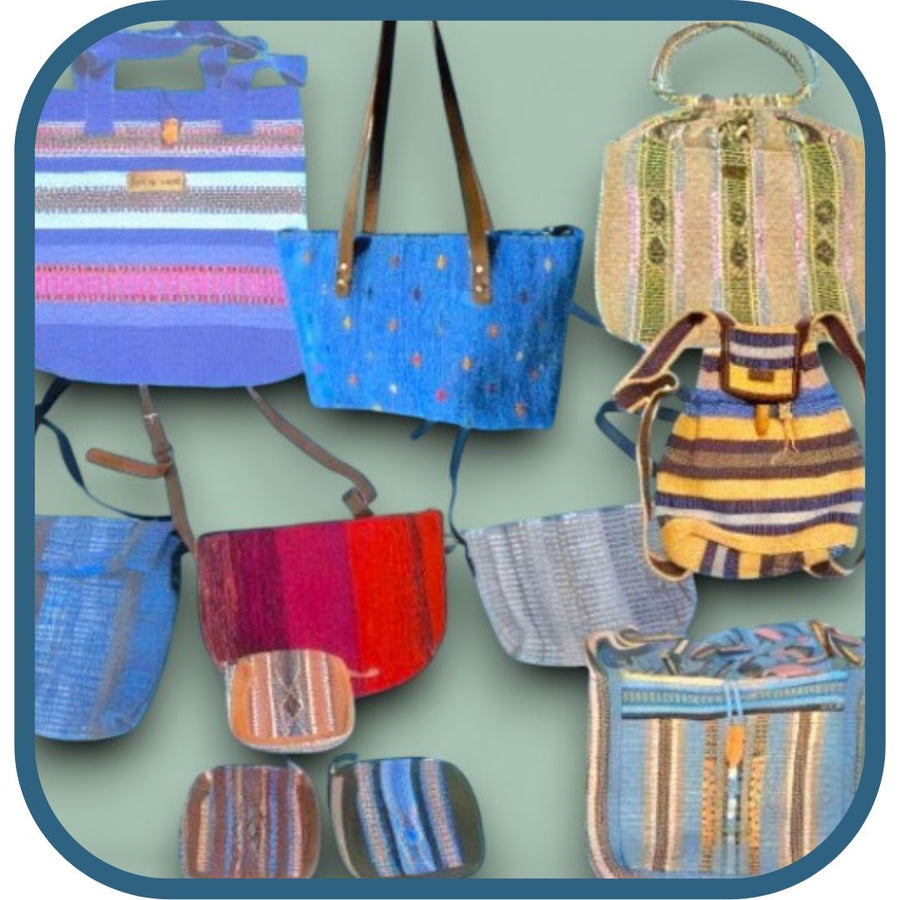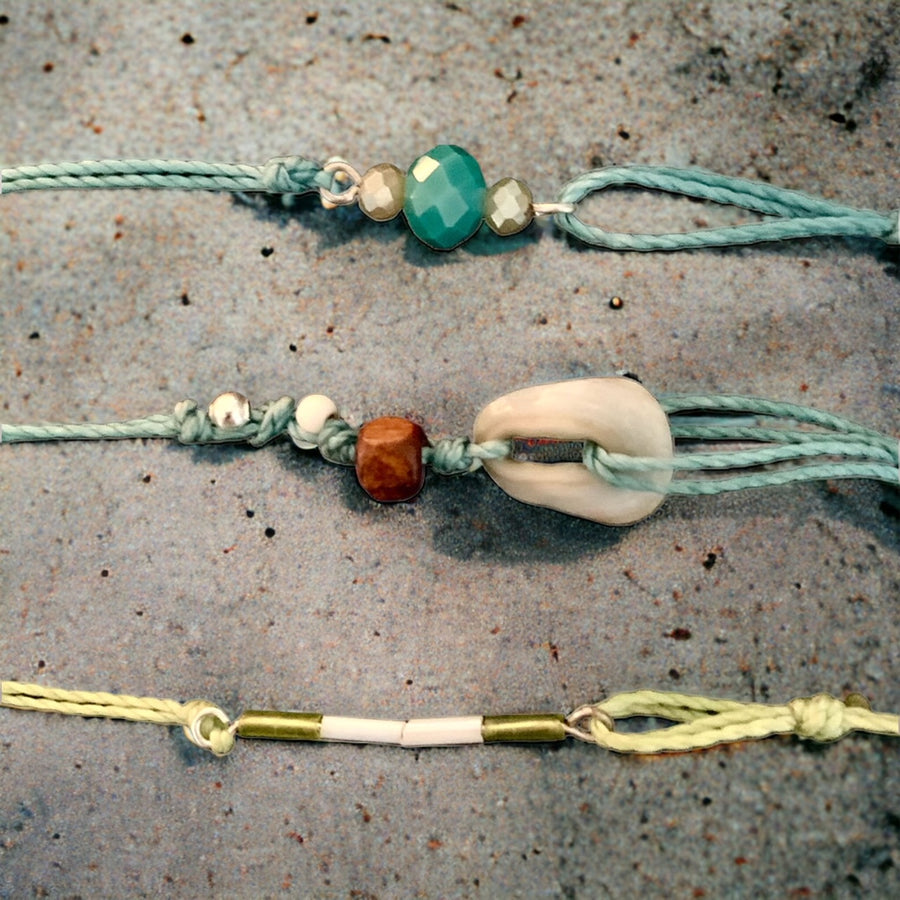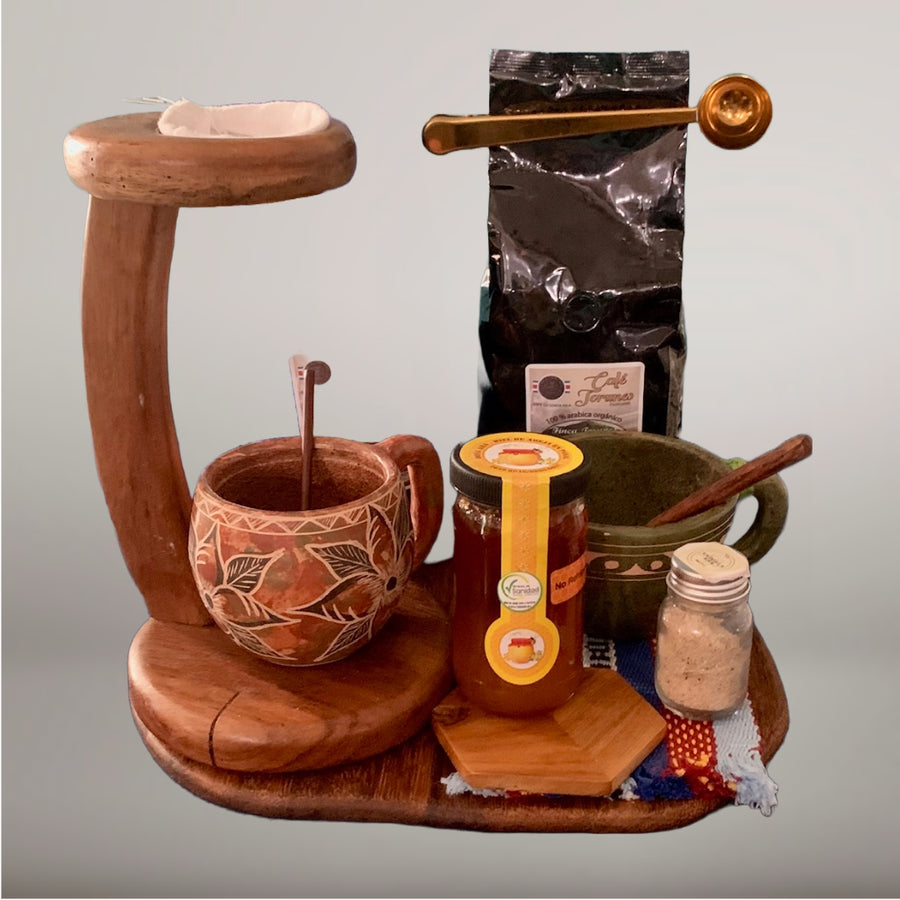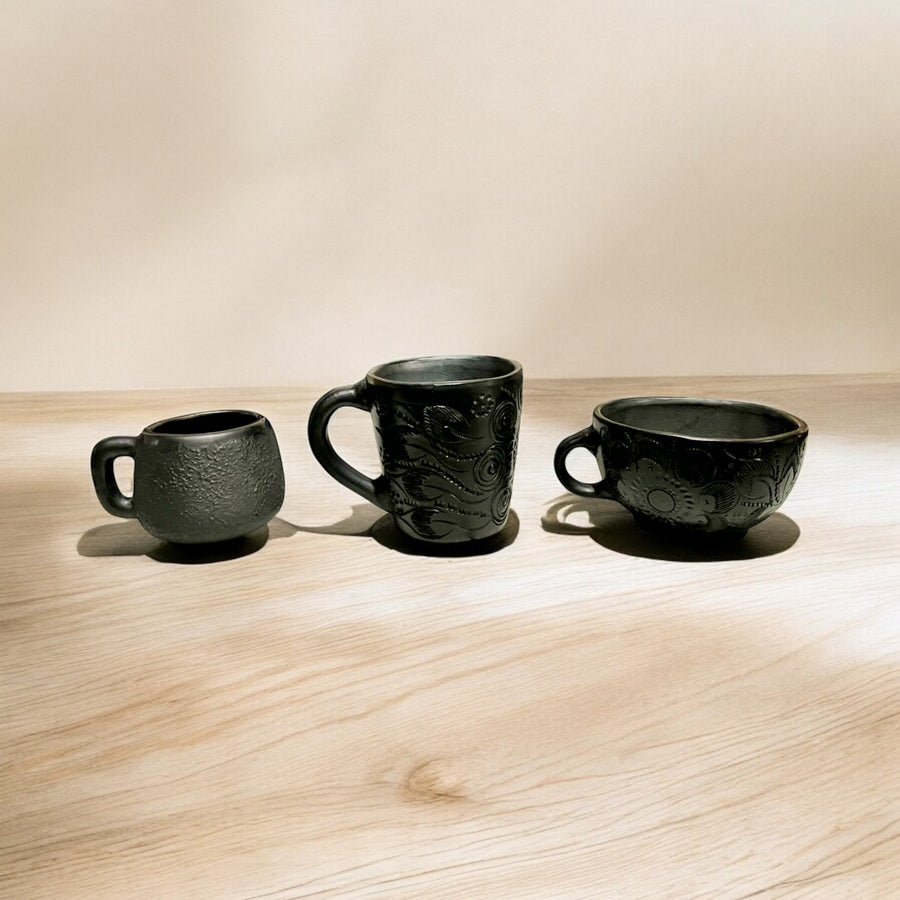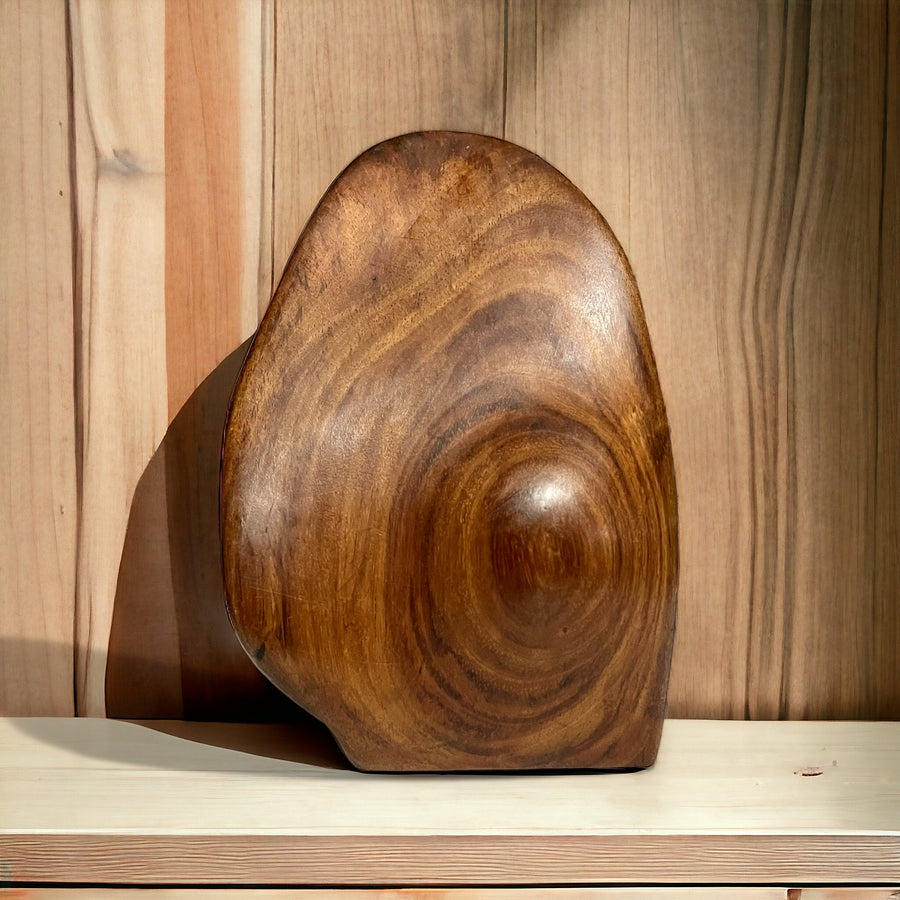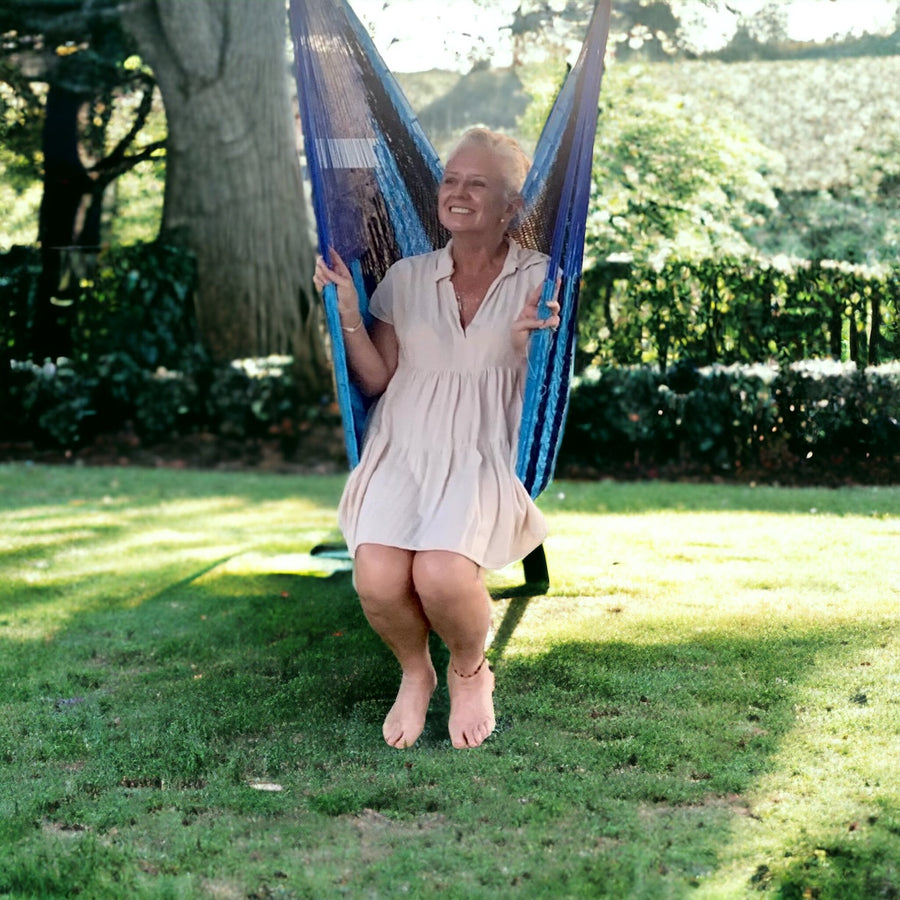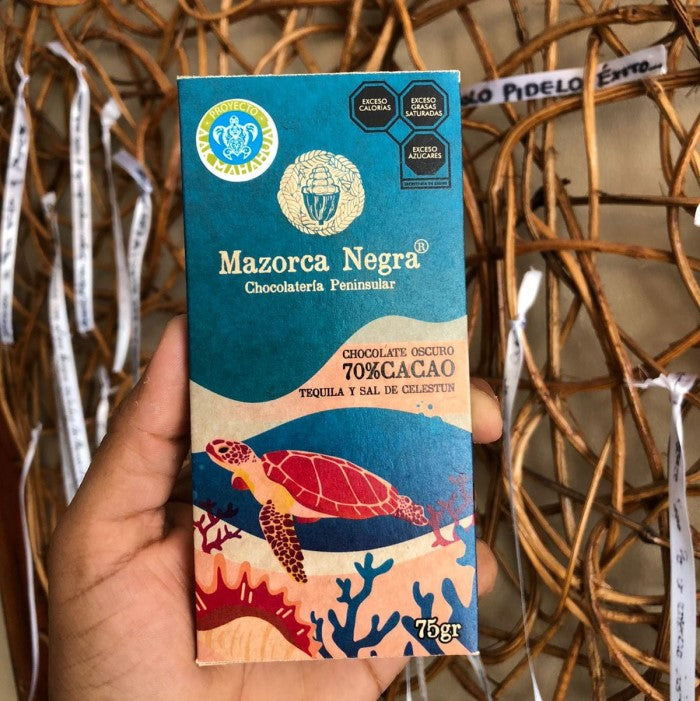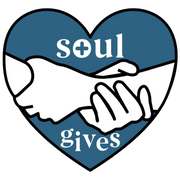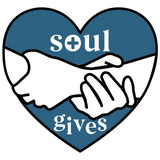Boruca Tribe

The indigenous Borucan tribe is located in a remote mountainous area in central Costa Rica.
Boruca have a long tradition of hand-dying yarn of natural dyes from sources including leaves of the sangrilla tree, bark of the carbonero tree, clay, indigo plants and even the ink from a Pacific mollusk. After spinning thread from locally grown cotton, they use a back loom to weave the thread into bags, belts, purses and more.
However, the tradition nearly died. In 1970 a group of women joined with the focus of reclaiming the original traditions that made their people distinct. The group formed as the association La Flor de Boruca. They have financially subsisted primarily from sales of their textiles and handiwork.
We wanted to support them by selling to those that cannot visit their town or from local shops. Items have been selected from their hand-woven textiles and we hope you enjoy the quality of their work and their distinctive designs.






GO TO STORE
-----------------------------------------
 IDENTITY
IDENTITY
Boruca (also called Brunca, Brunka or Borunca) are an ancient indigenous people of Costa Rica. Their colorful, hand-carved Boruca masks are so popular that imitations are sold throughout the Central American country, but their culture is more than a mask.
PAST INFLUENCES
Though the Boruca have kept their identity intact, the Spanish colonization left an influence — most notably through the presence of the Roman Catholic church and its traditions. Spanish is now spoken throughout Boruca.
However, several of the most ancient Boruca traditions are still remembered and practiced today, and can be seen through crafts, legends, and the pride of the Boruca in identity and tradition.
Boruca’s history hasn’t been easy. Eventually, farming alone was not enough to sustain their tribe and the people were experiencing extreme poverty. As a result, in 1970 a group of women united together to reclaim the original Boruca crafts and traditions that made their people distinct. In the next several decades they impact the local economy by increasing sales of crafts and focusing on both ecotourism and ethnotourism.
TODAY
Today, the Boruca continue to use all-natural fibers and dyes to make their yarn and use traditional back-weave looms. An estimated 80 percent of Boruca sell handmade crafts out of their homes and in shops around Costa Rica.
